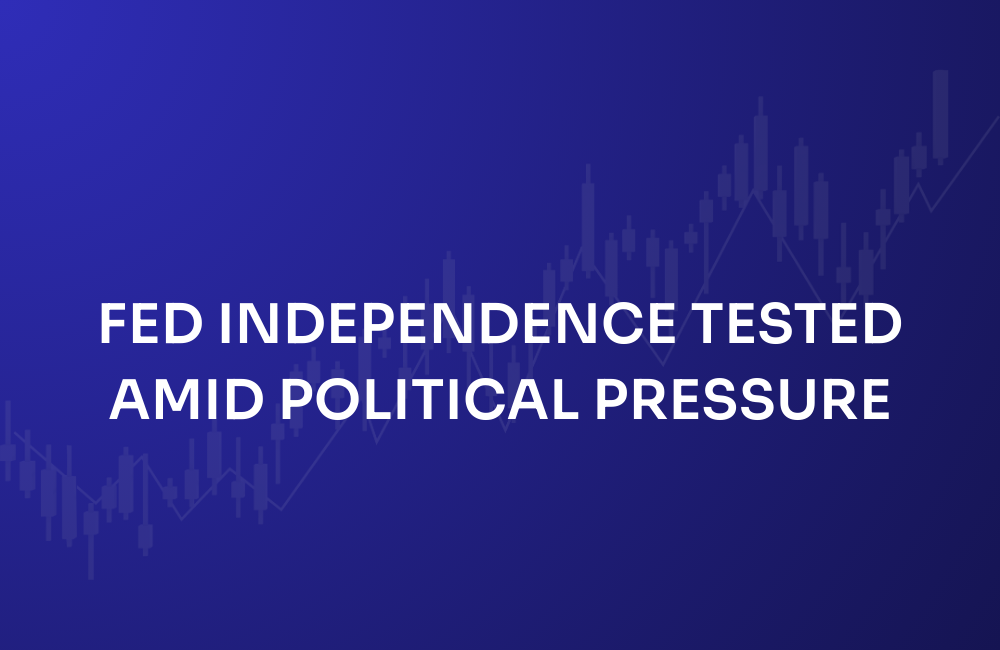
Subscribe to our free
💌 Stay ahead with AI and receive:
✅ Access our Free Community and join 400K+ professionals learning AI
✅ 35% Discount for ChatNode
.png)


5G + AI: Why Data Minimization Must Be the Next Governance Priority
Expert analysis from
Fisher PhillipsAs 5G accelerates data flow, employers and providers face a new compliance frontier: controlling the AI data firehose before regulators do.
Hook / Context
With 5G networks rolling out worldwide, organizations are harnessing AI systems that thrive on speed, automation, and continuous data. But that same 5G-AI synergy that fuels innovation also multiplies risk. The faster the data moves, the harder it is to contain.
Why It Matters
For employers and technology providers, this isn’t just a tech challenge—it’s a compliance imperative. Regulators from the FTC to the California Privacy Protection Agency are emphasizing a principle many organizations overlook: data minimization, or limiting data collection to what’s “adequate, relevant, and necessary.” In the 5G era, it’s the missing piece in most AI governance programs.
Core Idea
AI governance often focuses on accuracy, bias, and explainability. Yet without data minimization, those frameworks rest on shaky ground. Continuous real-time collection from connected devices, sensors, and applications can quickly cross legal and ethical lines, exposing organizations to regulatory, litigation, and reputational risk.
Key Framework: 5 Steps to Align AI Governance with Data Minimization
1. Map and Justify Every Data Stream
Identify what data each AI system collects, where it originates, and why it’s essential. If a category isn’t critical to the business purpose, it shouldn’t be collected.
State risk flag: Under California’s CCPA/CPRA, businesses must disclose data categories and purposes, with similar laws now active in Colorado, Connecticut, Virginia, and Texas.
2. Embed Privacy-by-Design at the Edge
Equip devices, sensors, and apps on 5G networks with local filtering and anonymization tools. This prevents excessive upstream transmission and reduces exposure.
State risk flag: Colorado’s Privacy Act mandates data minimization and privacy-by-design at the system level.
3. Minimize Data in Model Training and Outputs
Design AI systems to limit reliance on sensitive attributes like biometrics, location, or behavioral profiles. Retain only what’s necessary for model performance.
State risk flag: Illinois’ Biometric Information Privacy Act (BIPA) strictly limits biometric data collection and retention, with private rights of action for violations.
4. Update Governance for Real-Time Data Risk
Modernize AI policies to address lifecycle management, real-time monitoring, algorithmic audits, and vendor oversight in 5G environments.
State risk flag: New York and California now scrutinize algorithmic employment decision tools, with audit and transparency requirements.
5. Train Cross-Functional Teams
Legal, IT, HR, and operations teams need a shared understanding of how AI and 5G interact, and how to implement minimization controls that keep systems compliant and defensible.
Closing Thought
5G has amplified both the reach and risk of AI. The organizations that thrive will be those that treat data minimization not as a constraint, but as a competitive advantage—building faster, smarter systems that stay firmly within the bounds of compliance.
About
Fisher Phillips, founded in 1943, is a leading law firm dedicated to representing employers in labor and employment matters. With nearly 600 attorneys across 38 U.S. and 3 Mexico offices, it combines deep expertise with innovative solutions to help businesses navigate workplace challenges.


Recommended
.png)


.svg)




.svg)

.png)










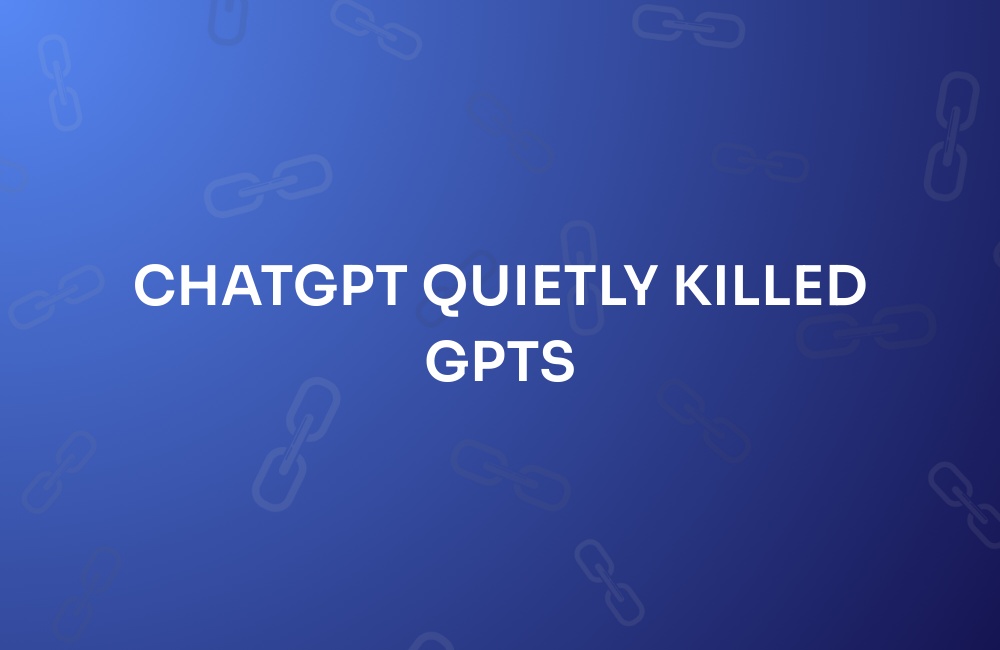
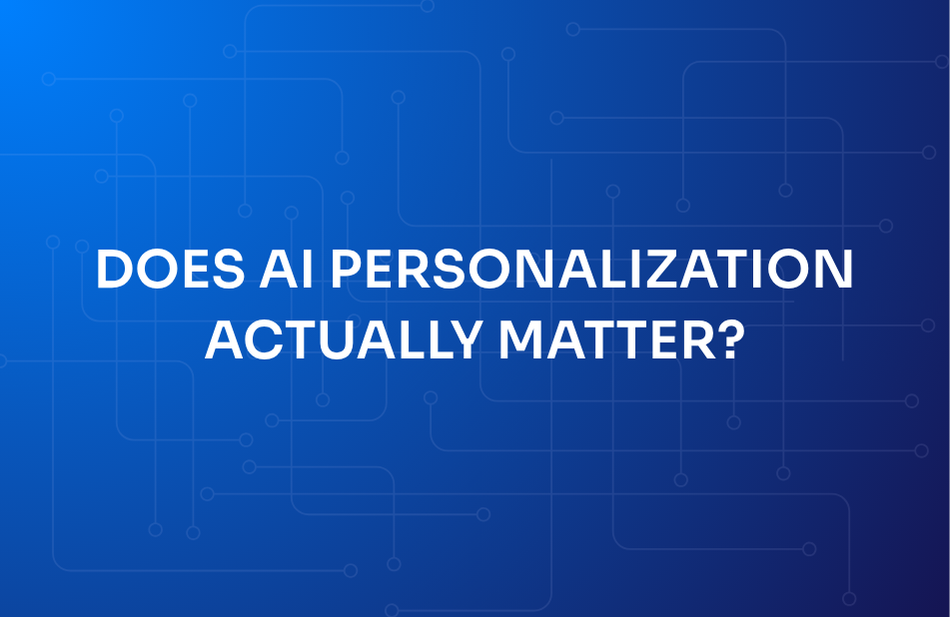



.png)
.png)

.png)
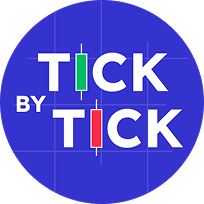

.png)

.png)
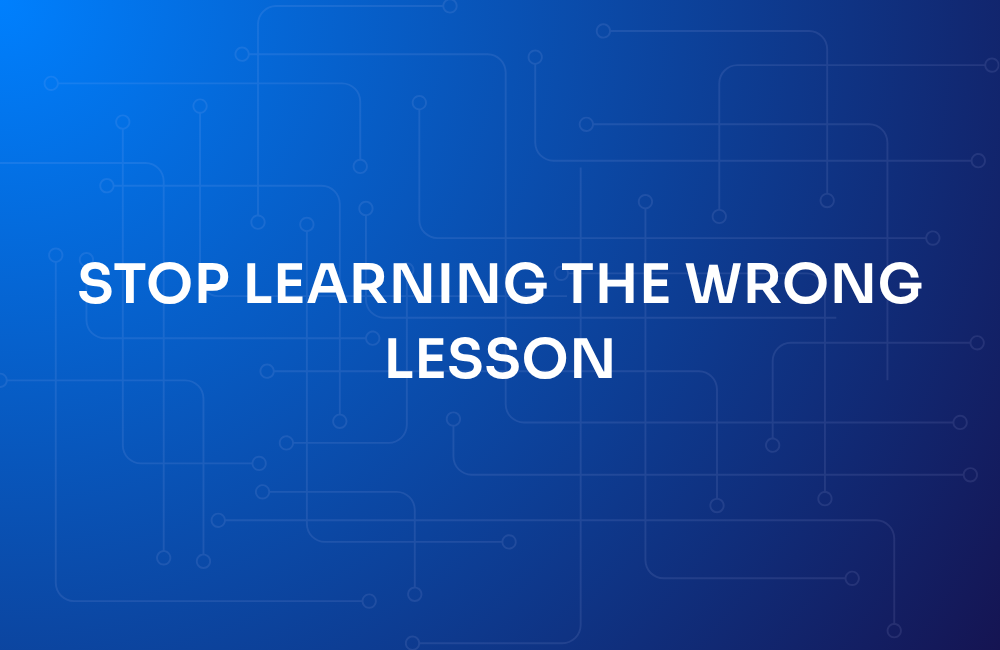
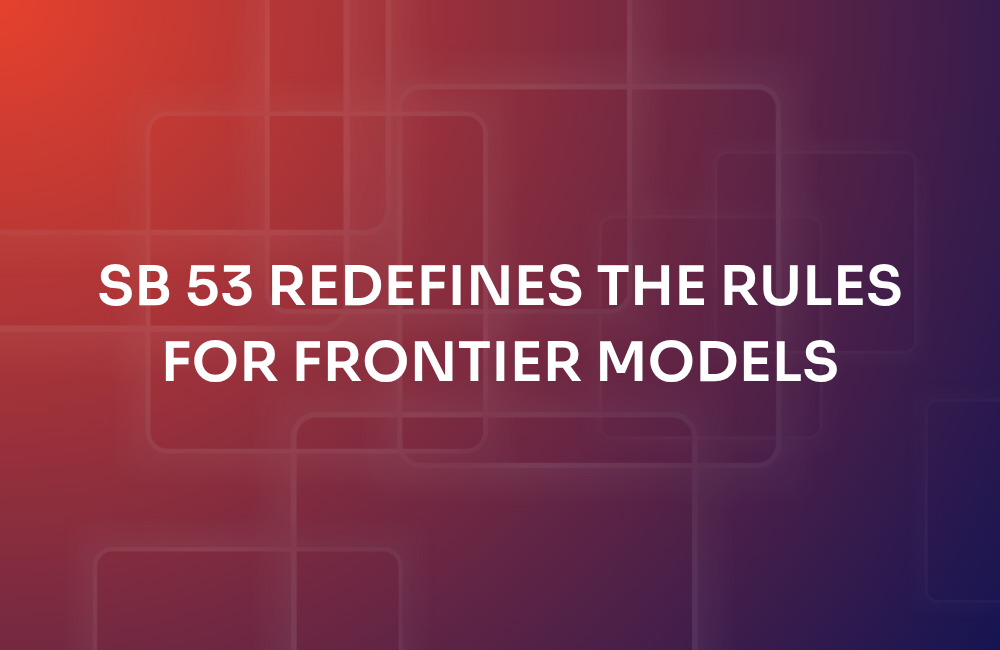

.png)
.png)
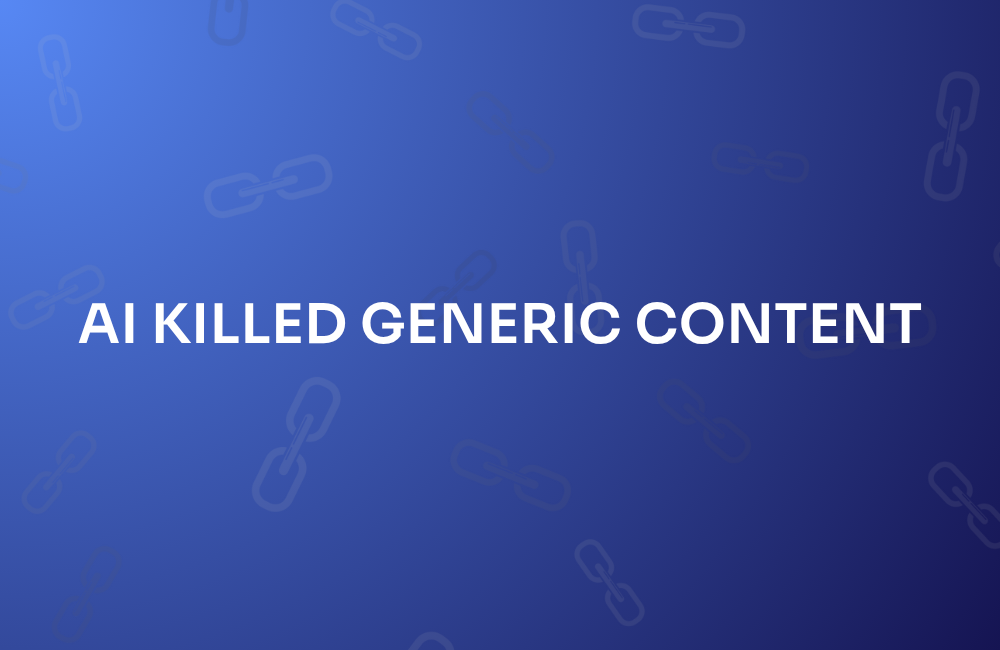
.png)
.png)
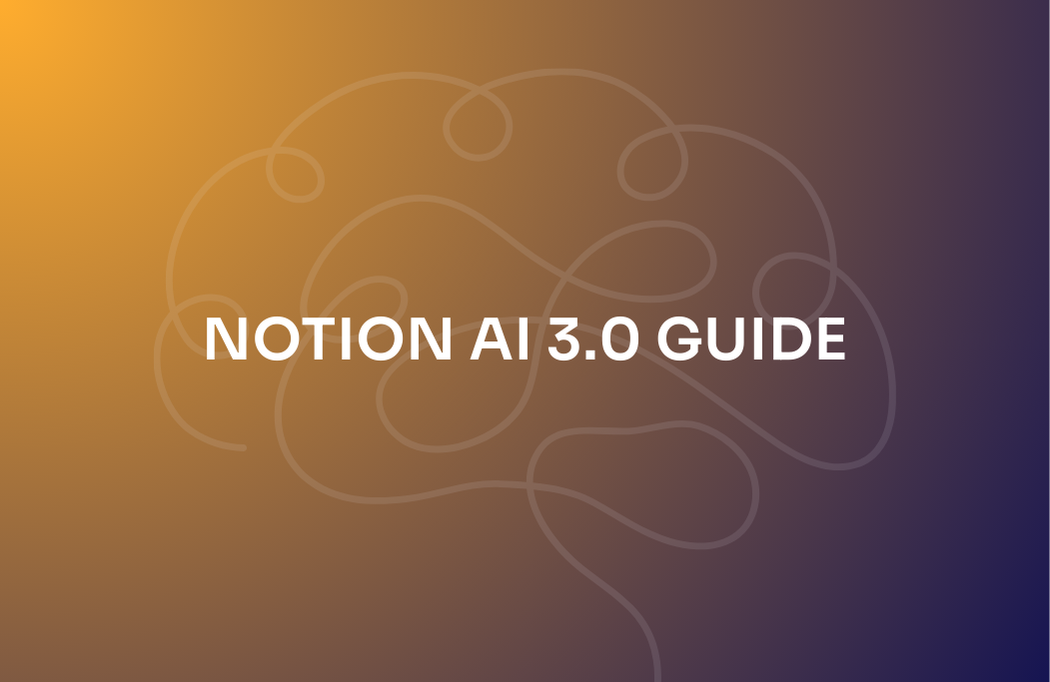
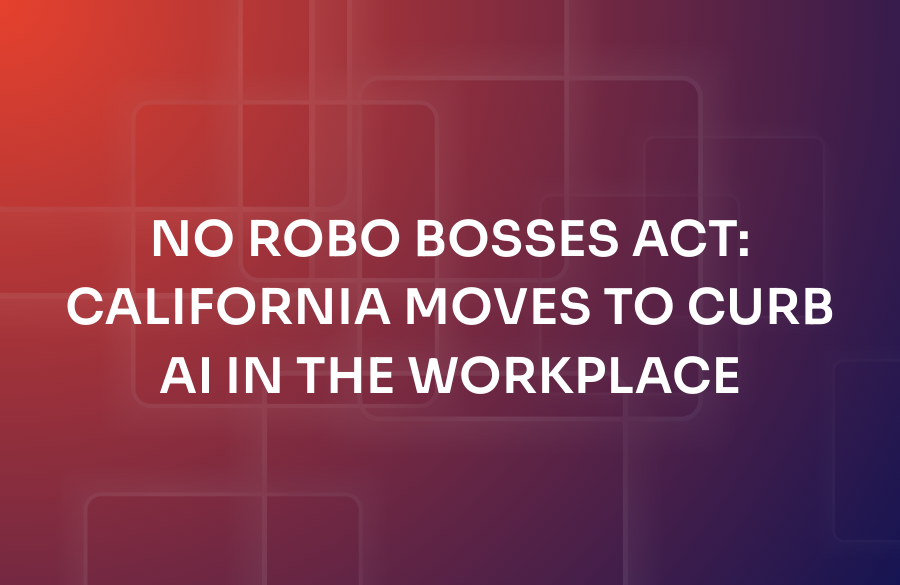
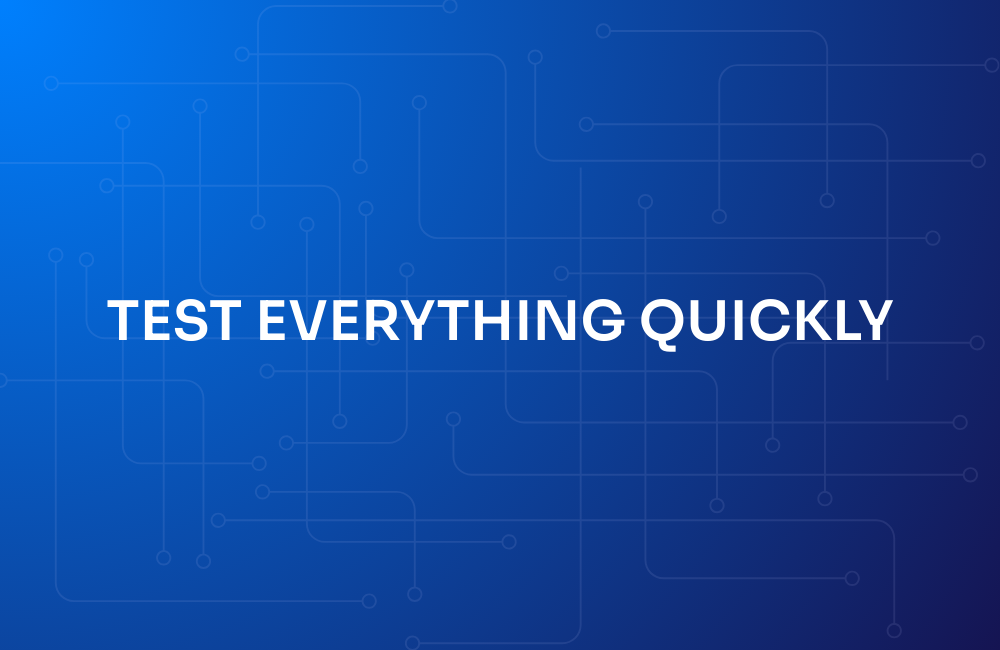
.png)
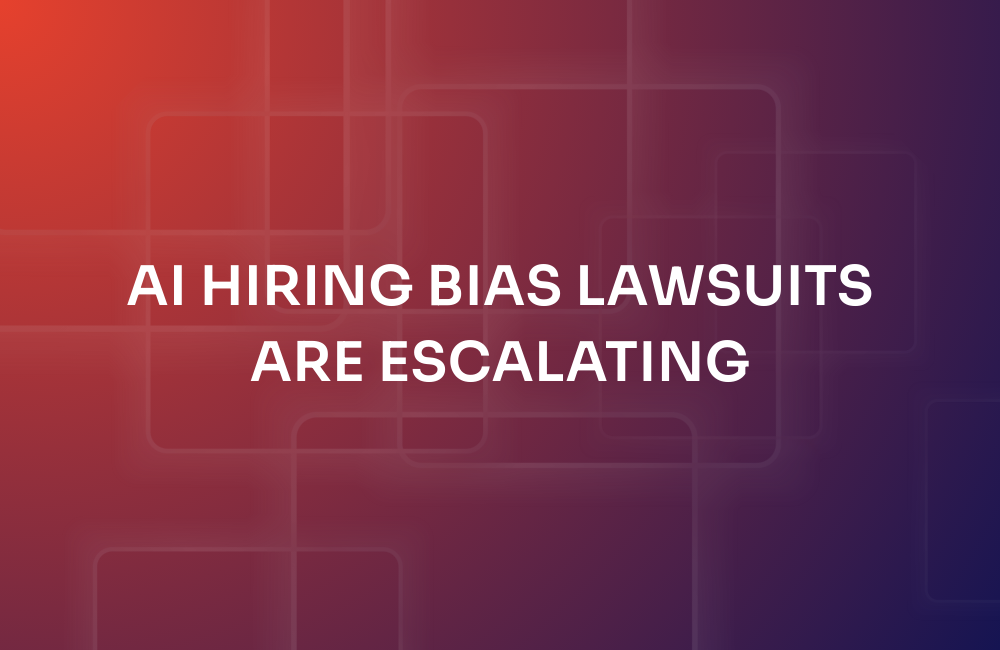
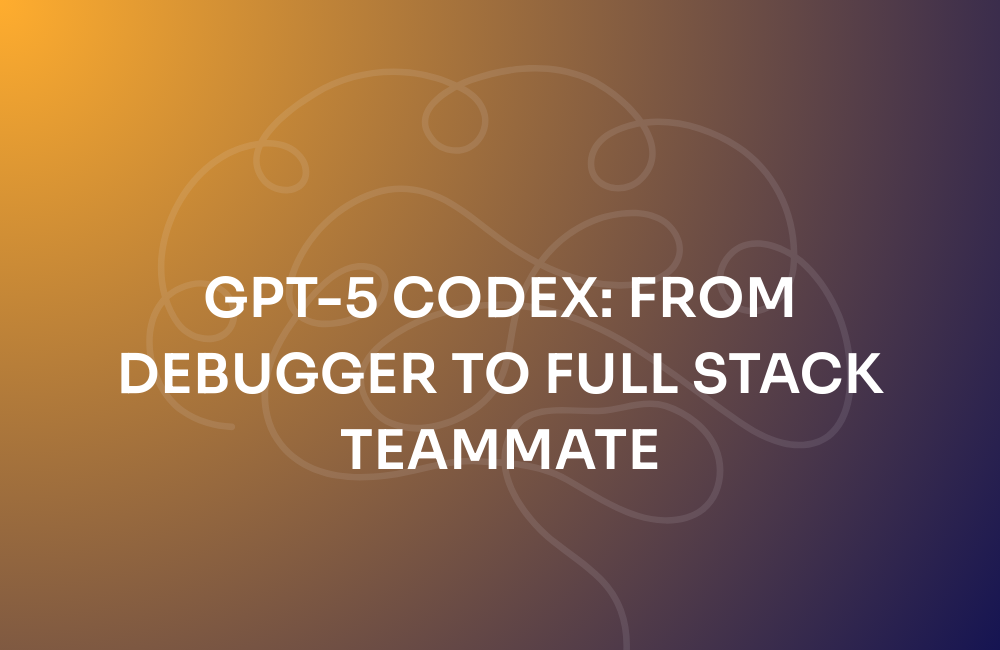
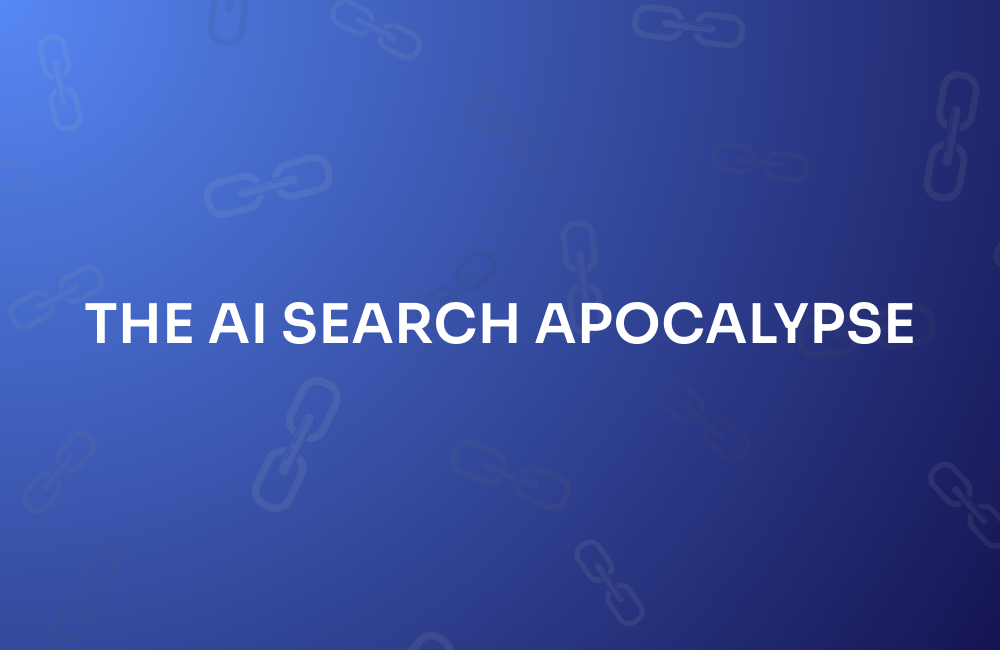
.png)
.png)
.png)
.jpg)


.png)
.png)
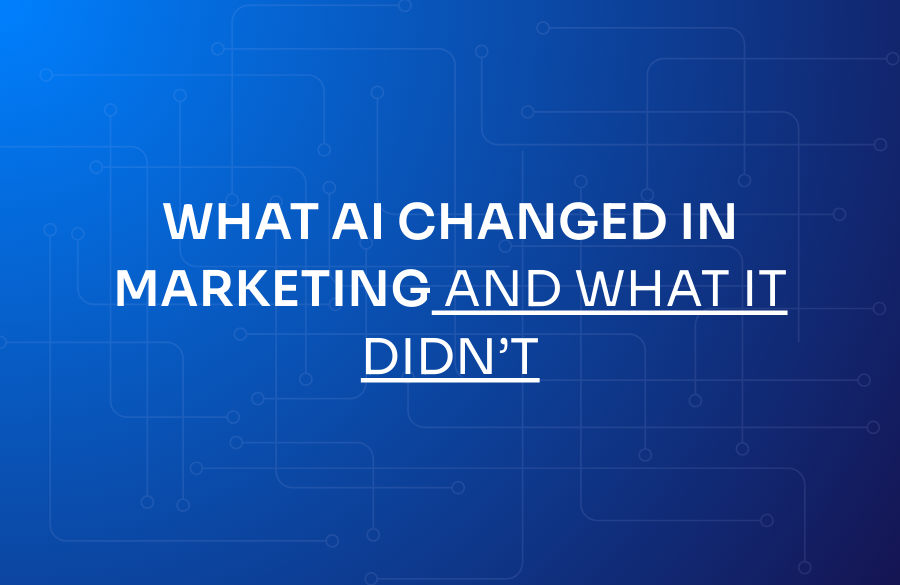
.png)

.png)
